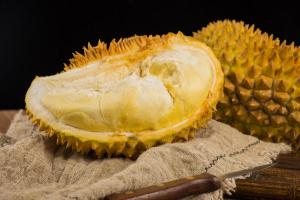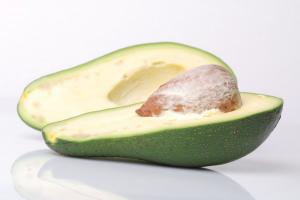Breeding method of Phoenix tailed orchid
Soil and fertilization
If it is potted, the commonly used soil is a mixture of rotten leaf soil and coarse sand. When the pot needs to be changed in spring, the old soil at the root of the plant needs to be removed, and then the dead roots and rotten roots also need to be cut off. When new leaves grow, the old leaves also need to be cut off. Organic liquid fertilizer can be applied once or twice a month during plant growth< span>

Watering
This kind of plant is drought tolerant. Generally, it can grow well as long as it is not dry or wet. However, it should be noted that sufficient water should be poured in summer, and it is best to spray water on the leaf every day, and maintain high air humidity, so that the color of the leaves will be more beautiful. After entering winter, the growth of Phoenix tailed orchid generally stops. At this time, it is necessary to control water and fertilize< span>

Growth environment
Phoenix tailed orchid is suitable for growing in a warm, humid and sunny environment. It is resistant to drought, cold and shade. It has not strict requirements on Soil and has strong adaptability
Precautions for Phoenix tailed orchid breeding
Disease and its control
The common diseases and insect pests of Phoenix tailed orchid are leaf spot and leaf spot. If you suffer from the last two diseases, you can spray 1000 times of 0% methyltobuzin wettable powder< span>

Pest and its control
The common pests of Phoenix tailed orchid include scale insects, whiteflies and night moths. If they are infected with the above pests, they can be sprayed with 1000 times of 40% Omethoate EC
The above are the breeding methods and precautions of Phoenix tailed orchid. If you cultivate carefully, you will have a harvest< span>

 jackfruit
jackfruit snake plant
snake plant hibiscus
hibiscus hydrangea
hydrangea lavender
lavender Green roses climb al...
Green roses climb al... If you don't pay att...
If you don't pay att... Management of four g...
Management of four g...


































